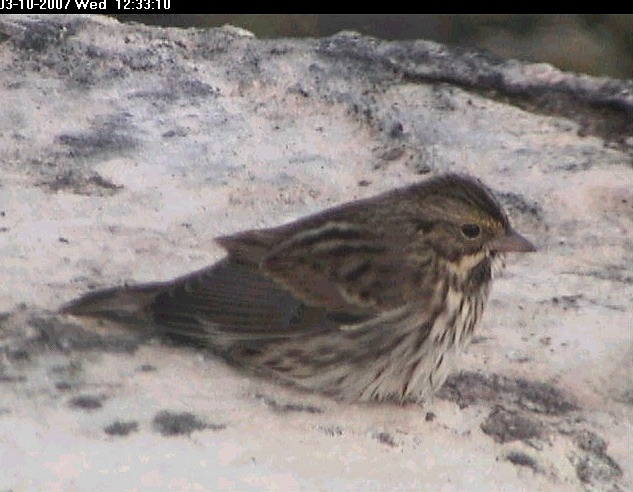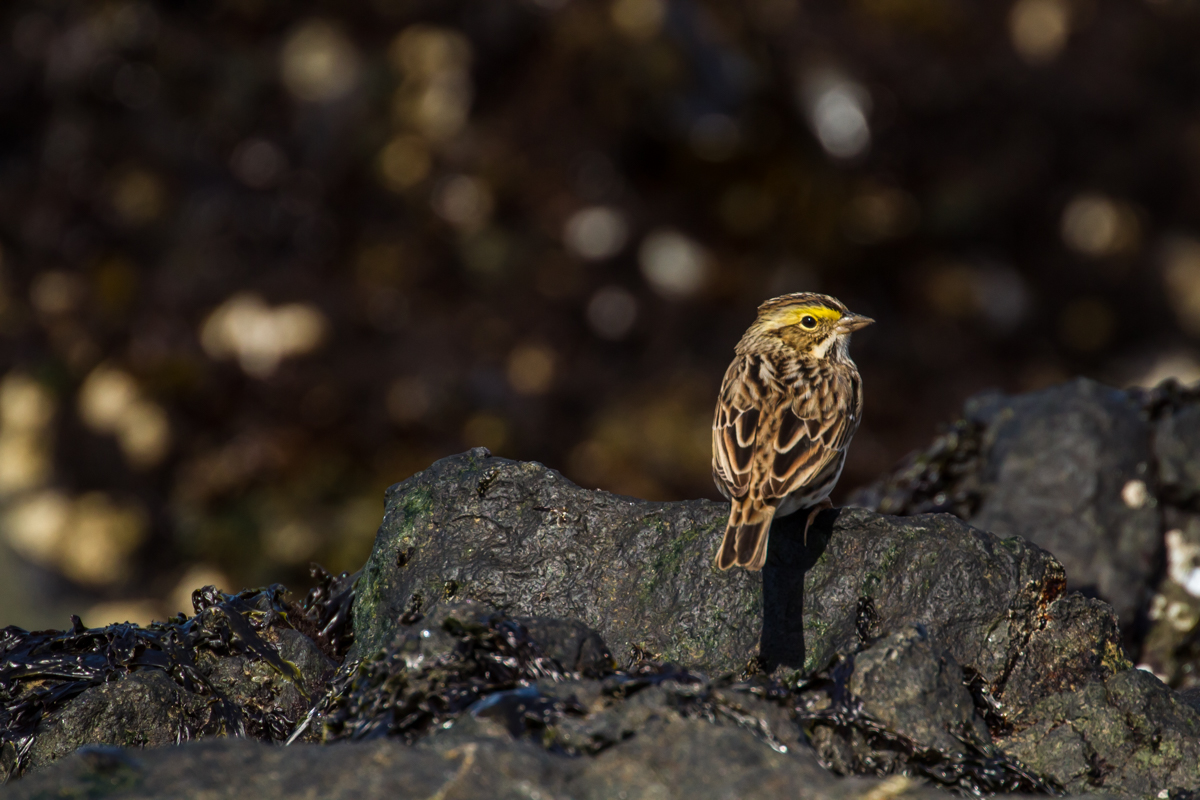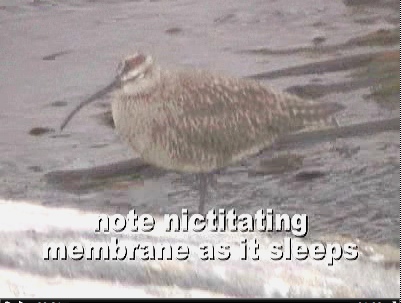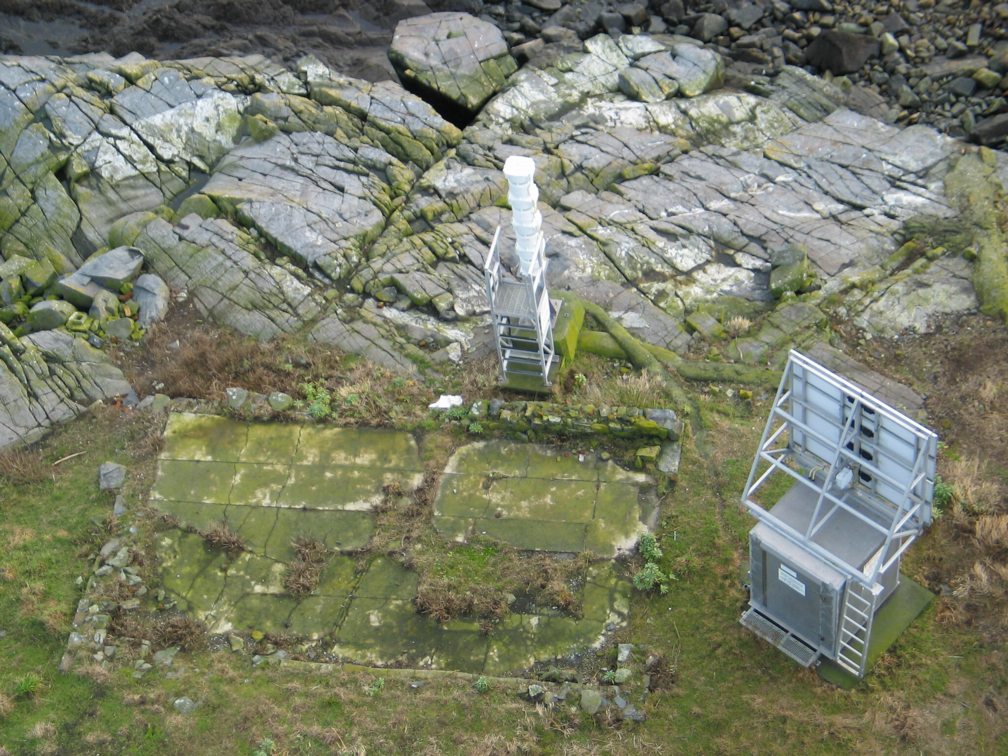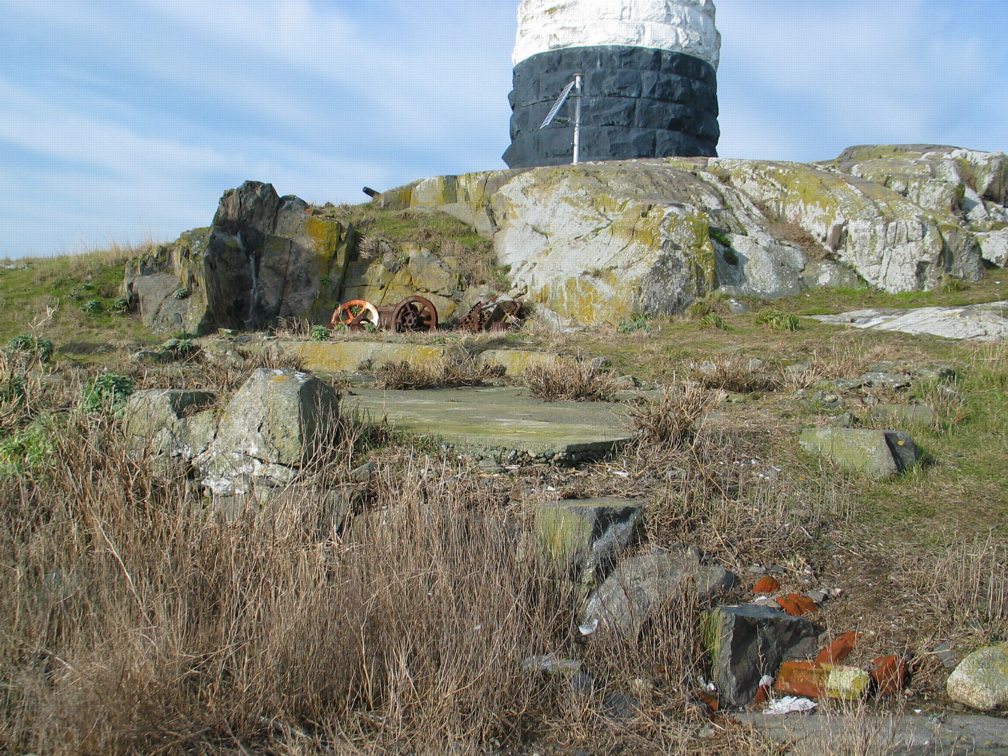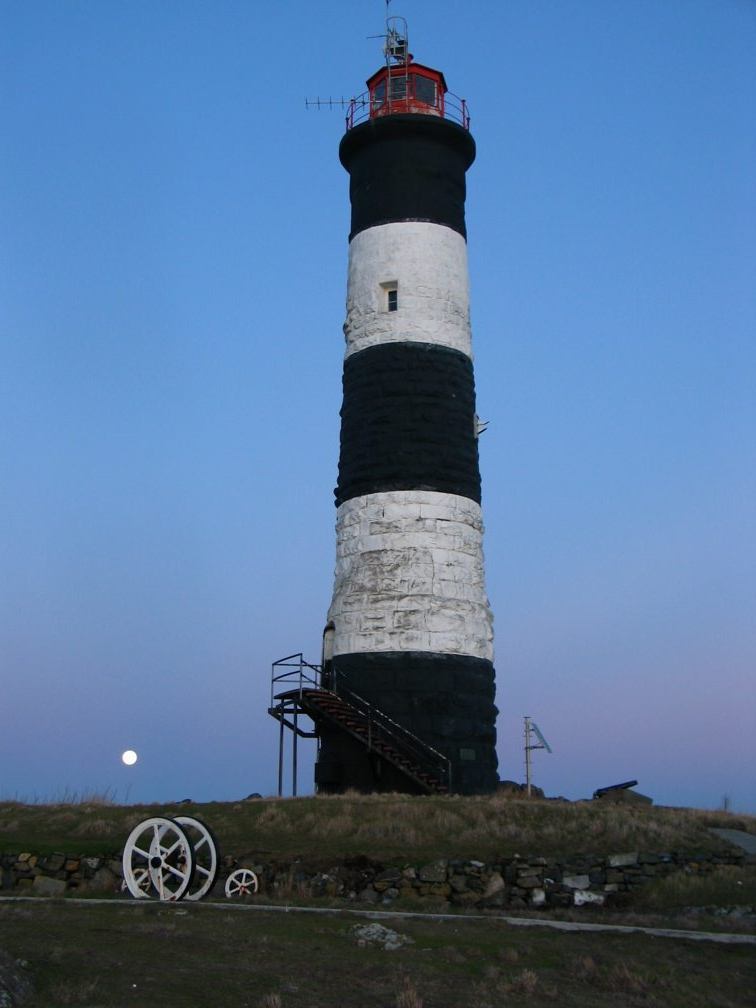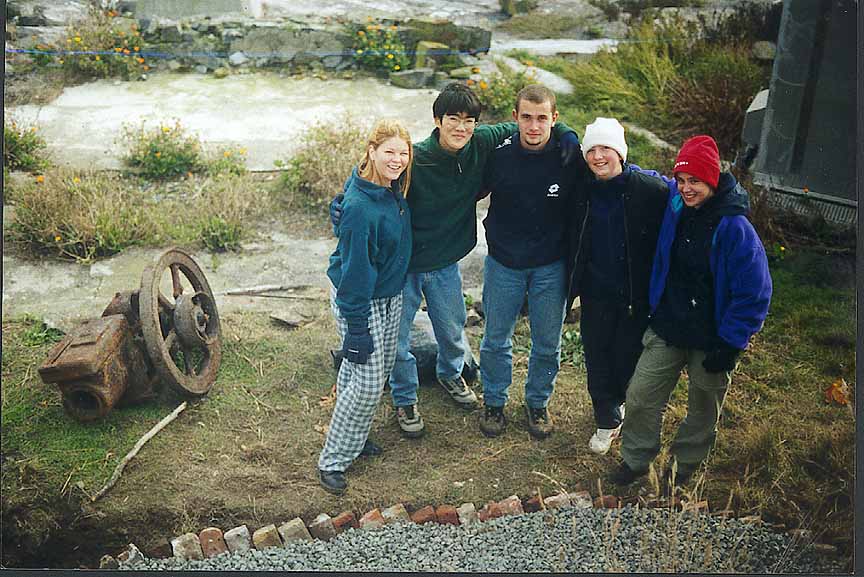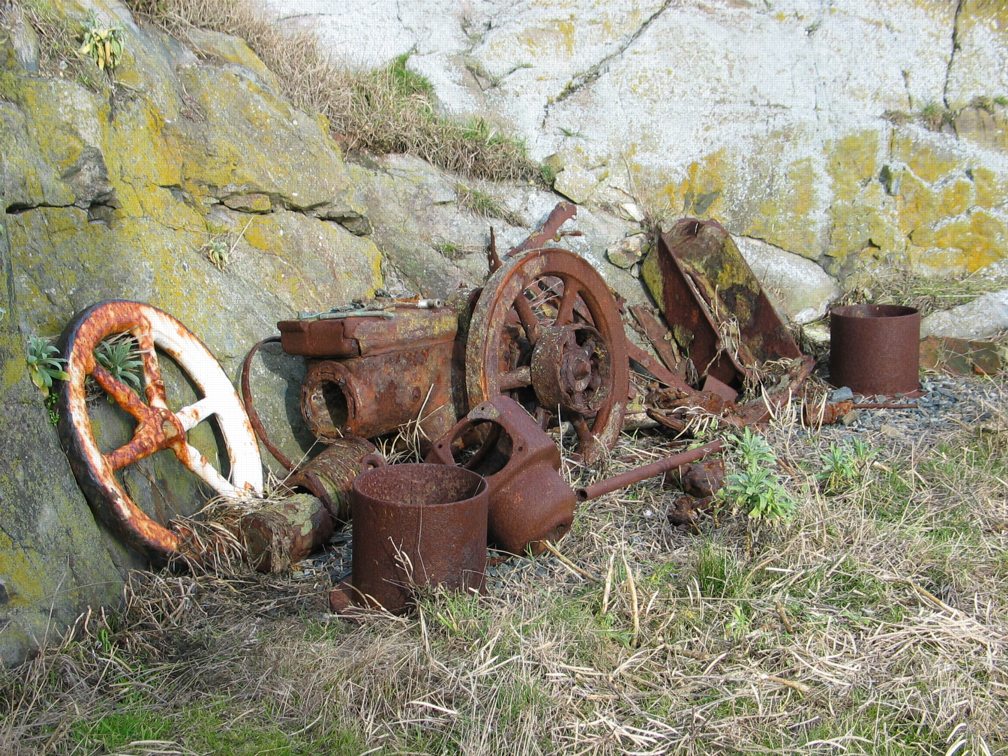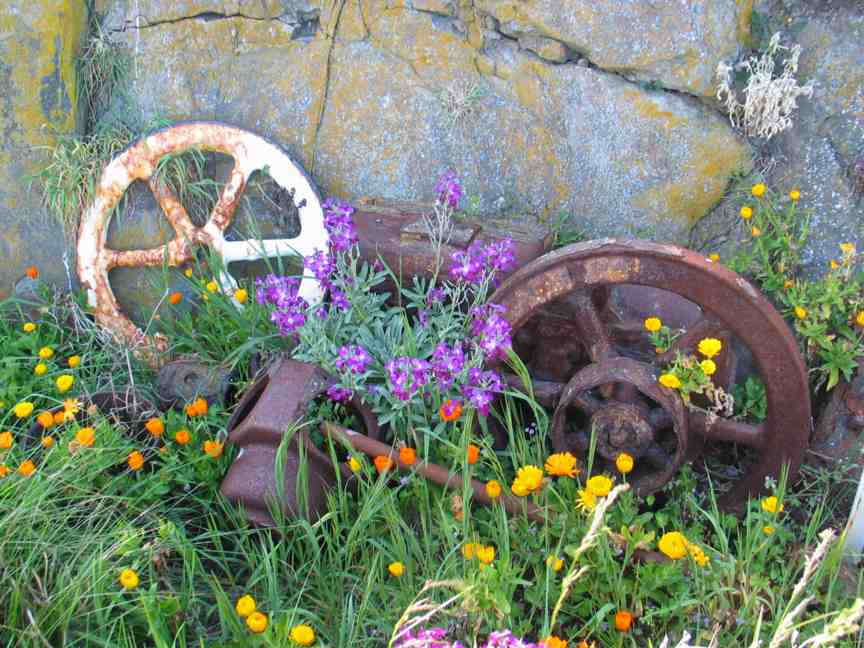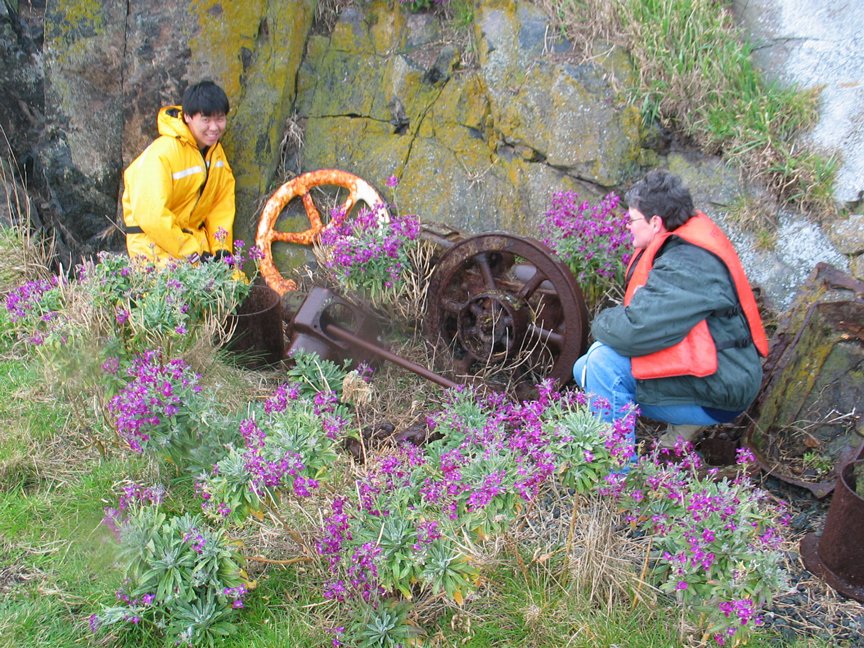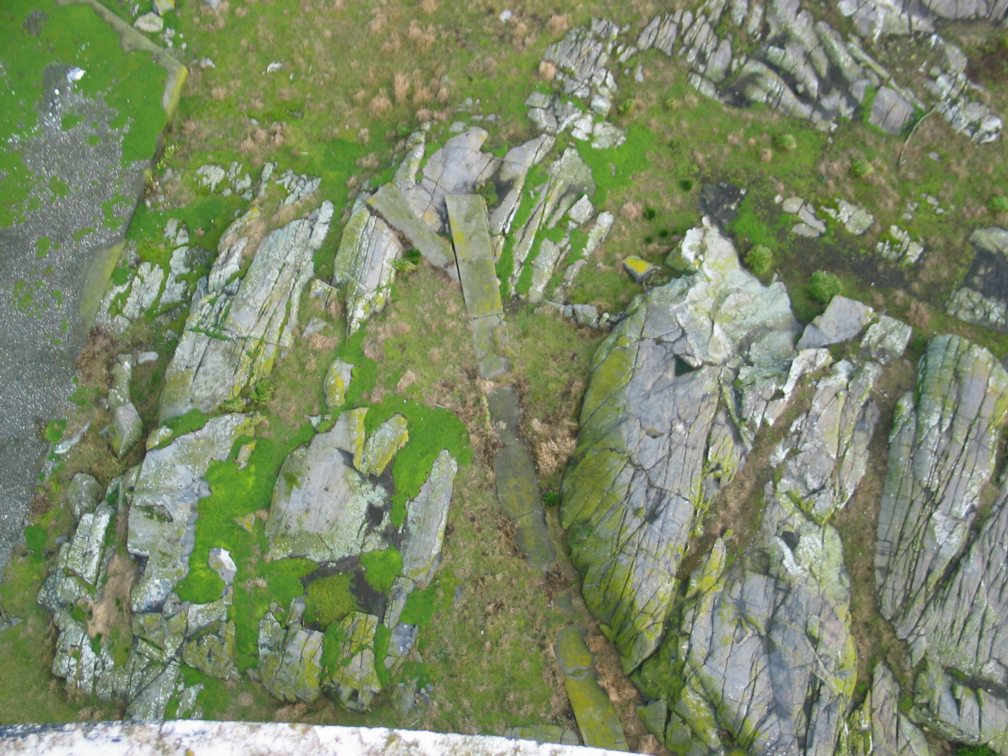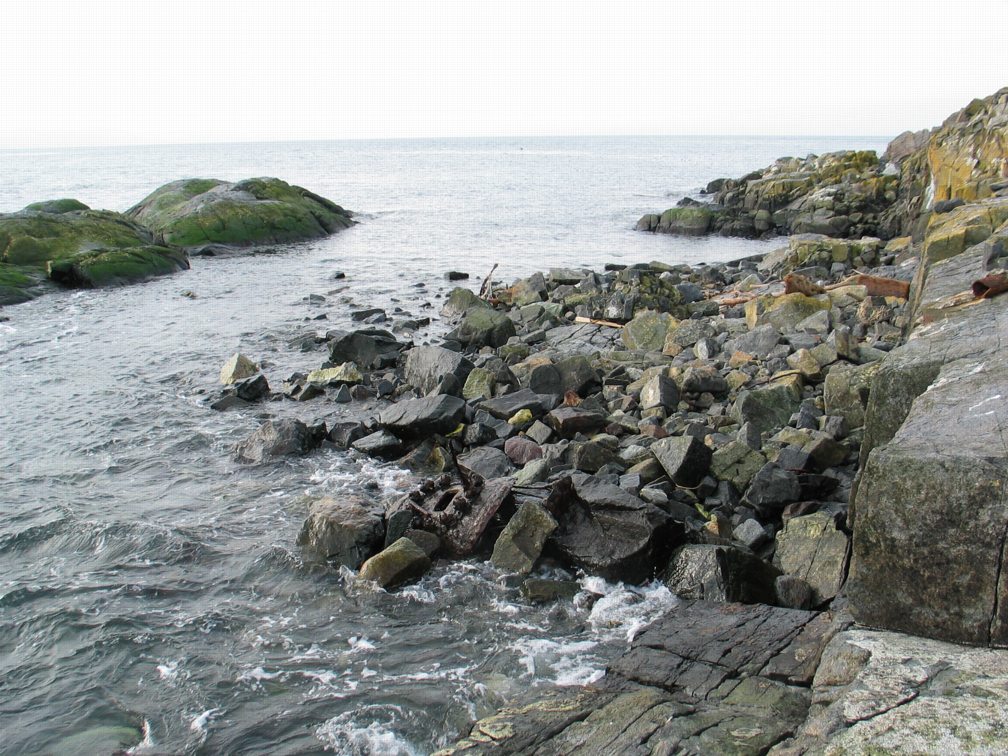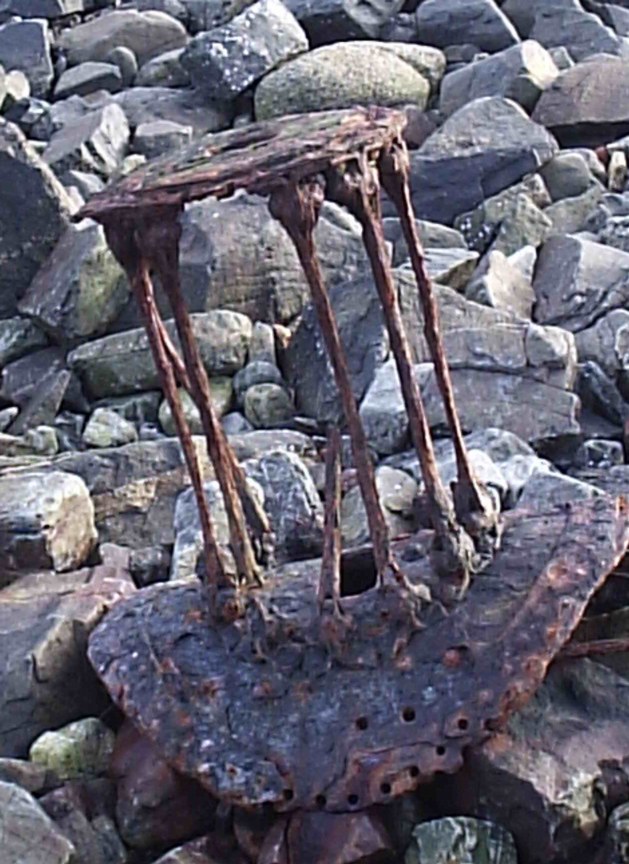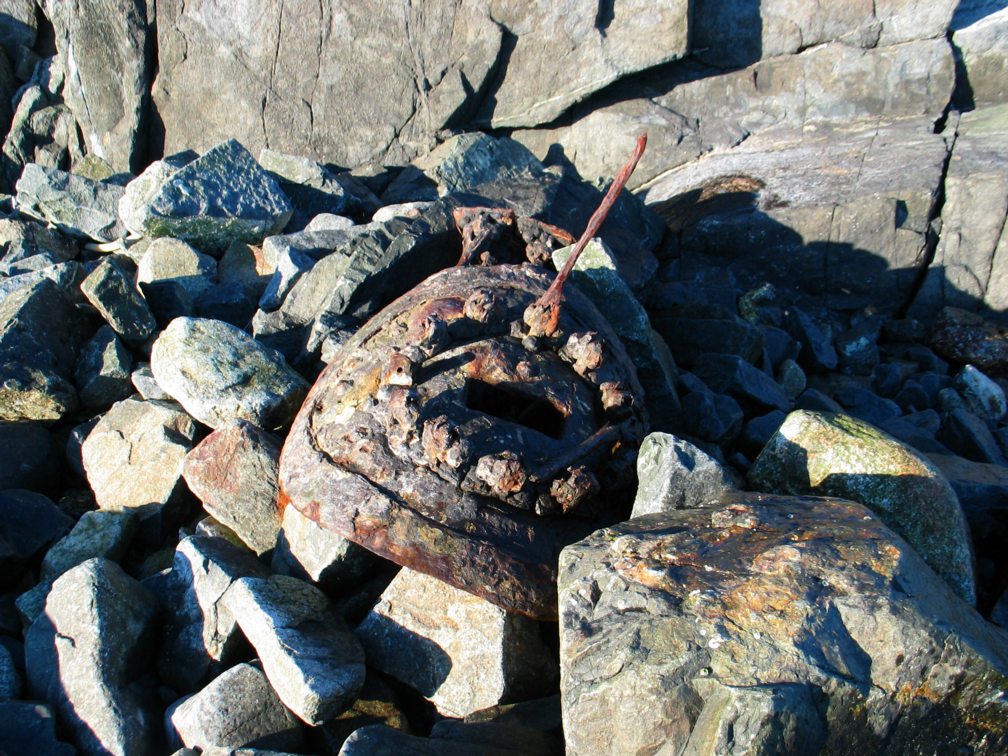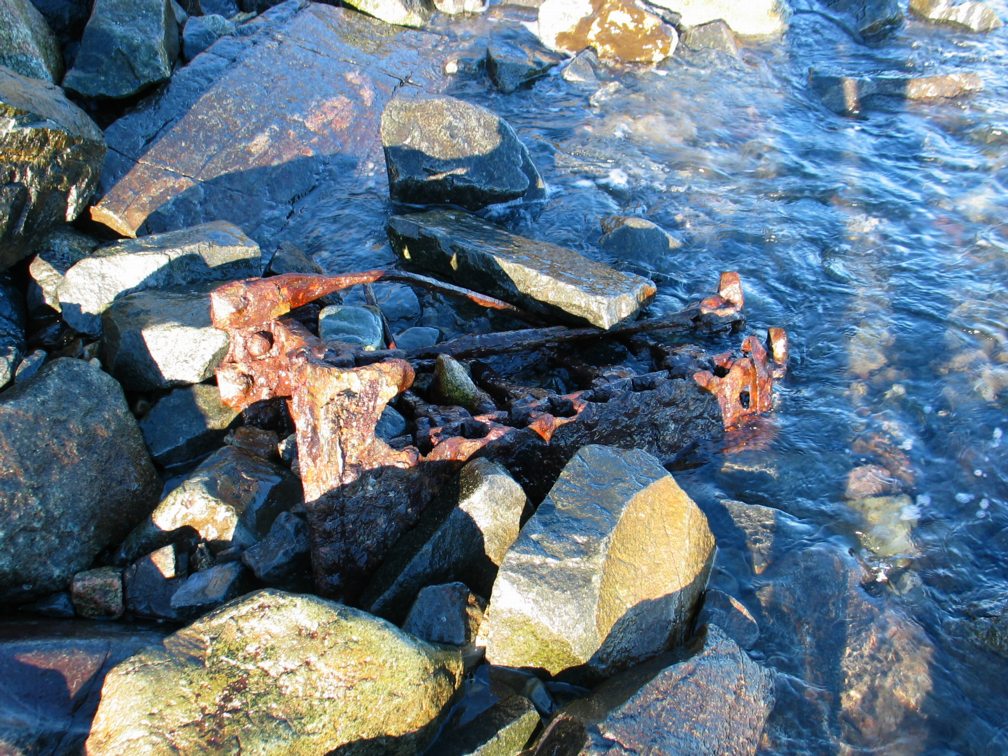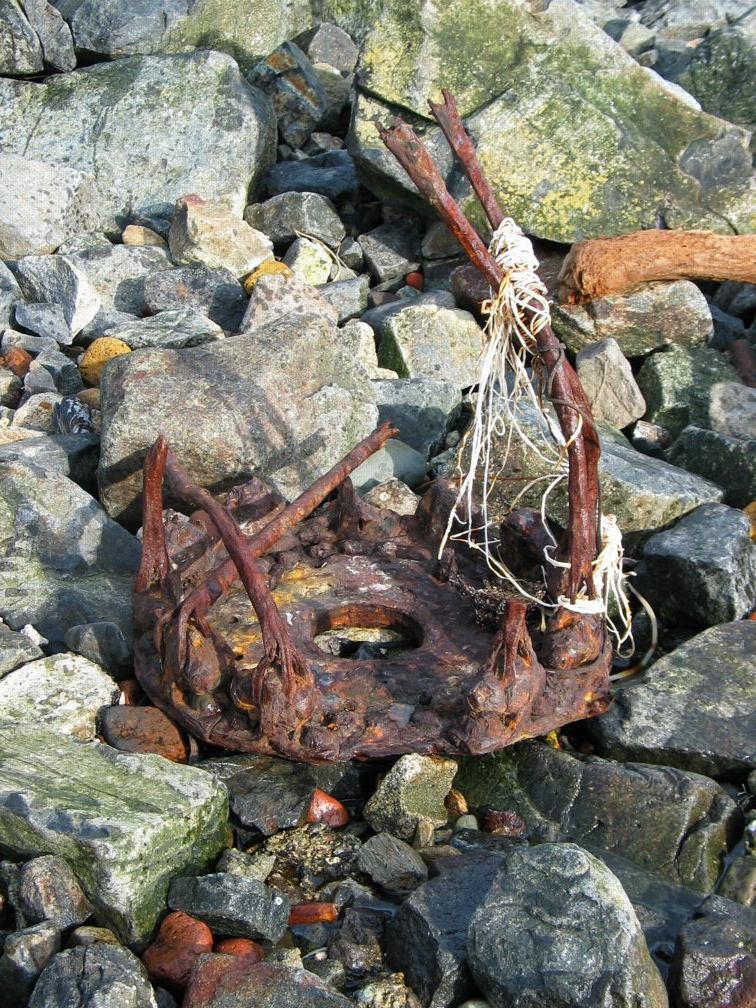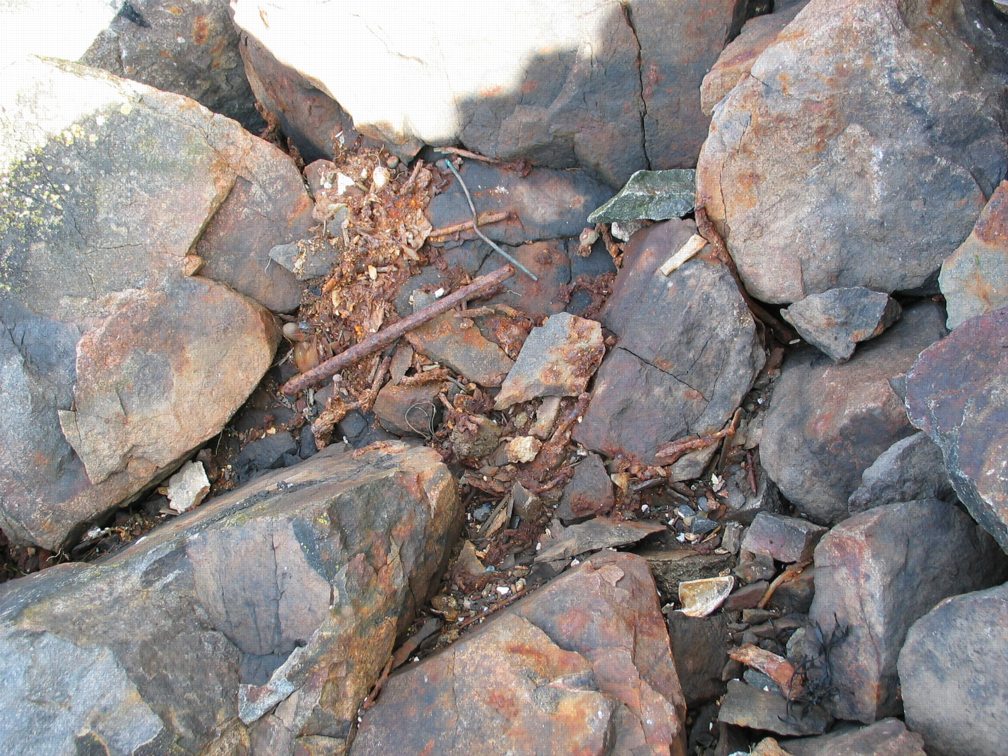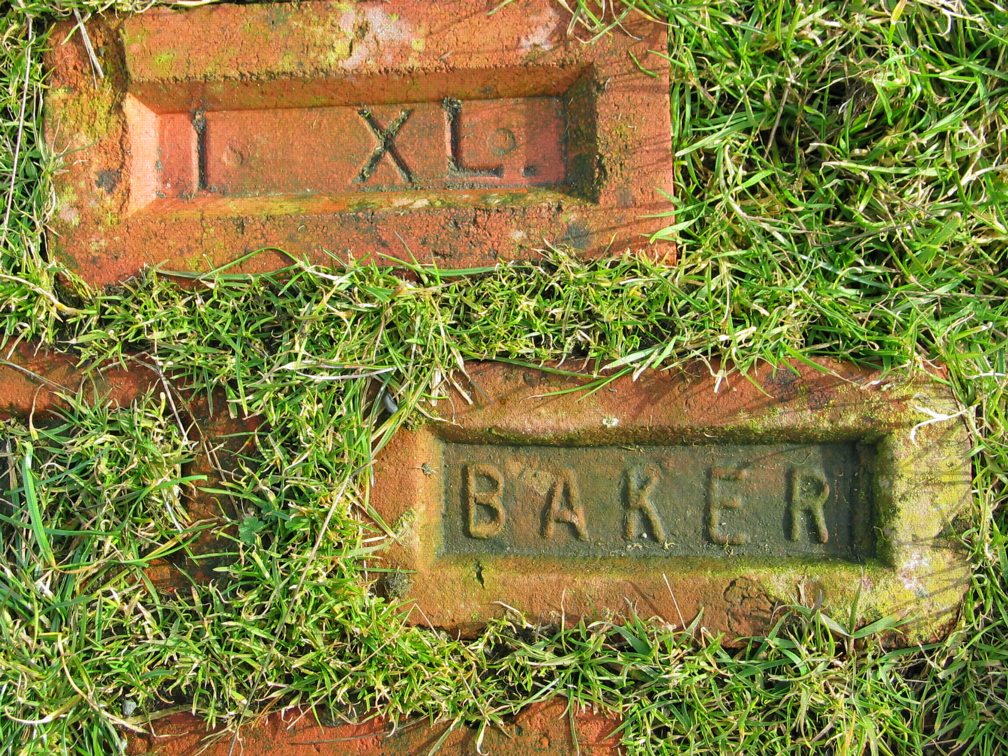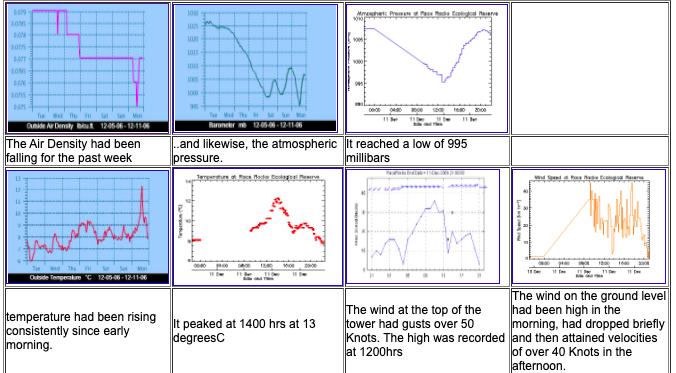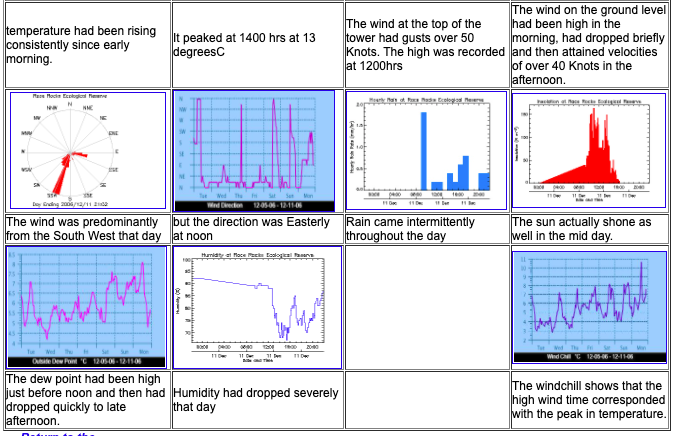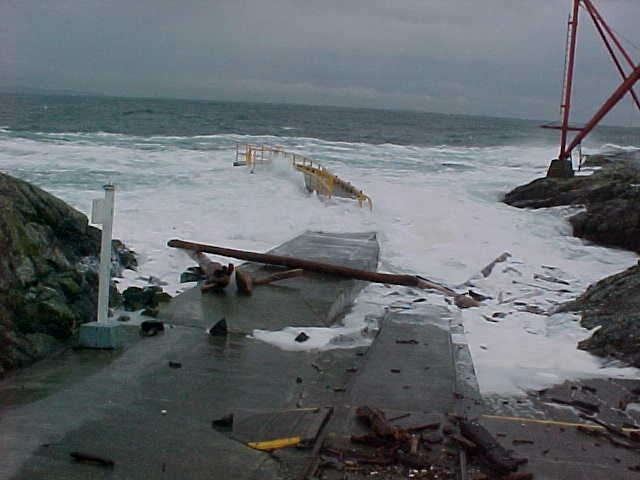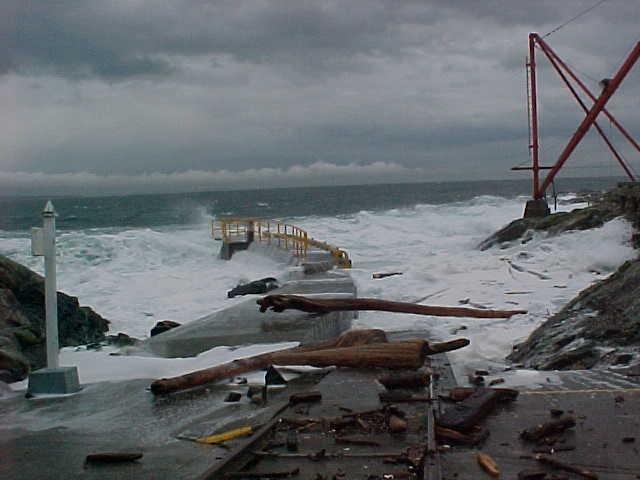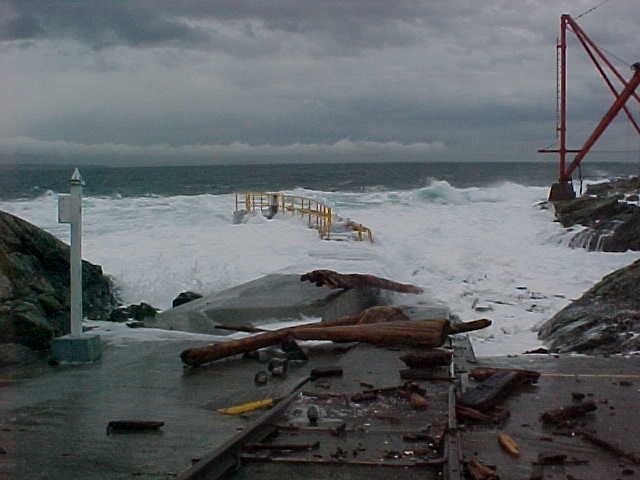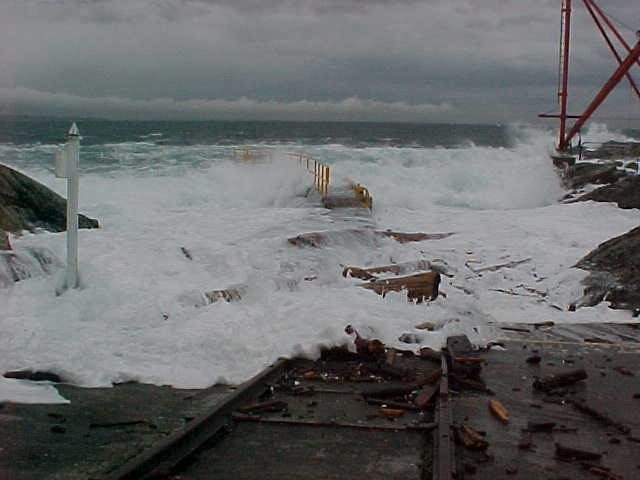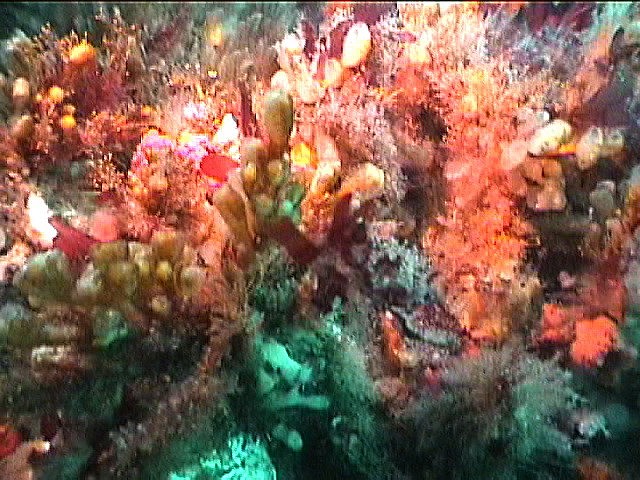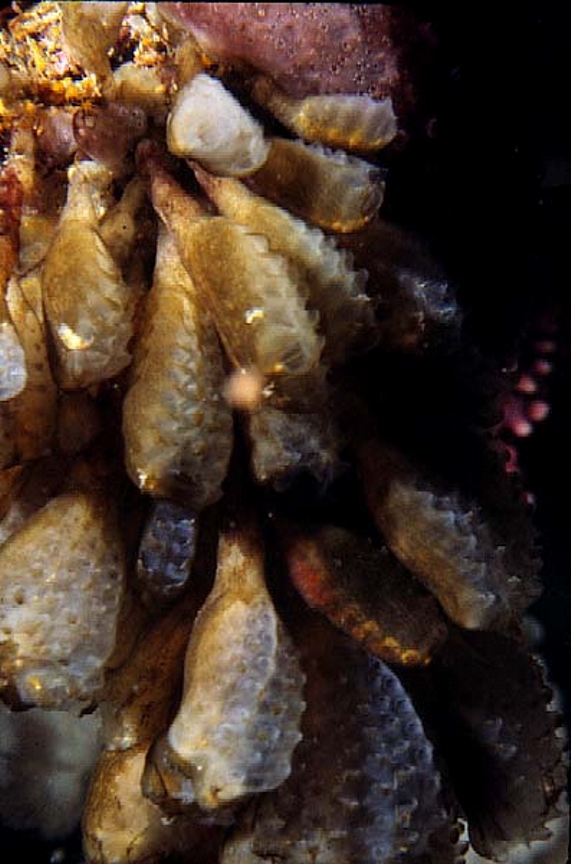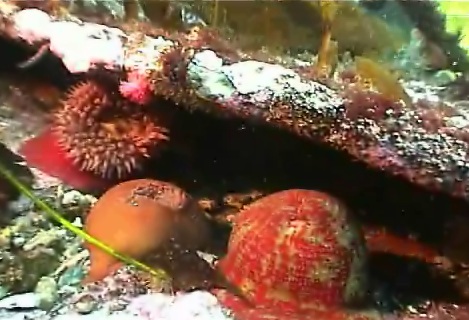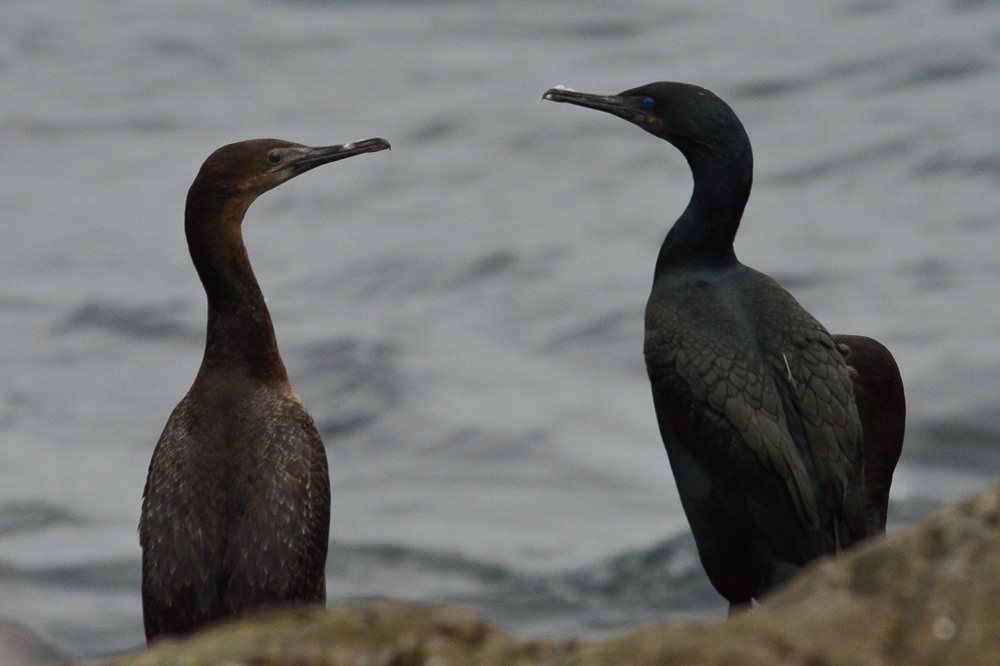
Brant’s cormorants: Phalacrocorax penicilatu -photo by Alex Fletcher
This cormorant is numerous in the winter, with much of the British Columbia population present at that time, as it is a relatively rare bird. In 1987 a survey that reported 3 nests was done on 15 July by Wayne Campbell and was reported in: Campbell, R.W., and Preston, M. 1988. British Columbia nest records scheme. Thirty-first and thirty-second annual report 1986-1987. British Columbia Naturalist 26:12-13.
-
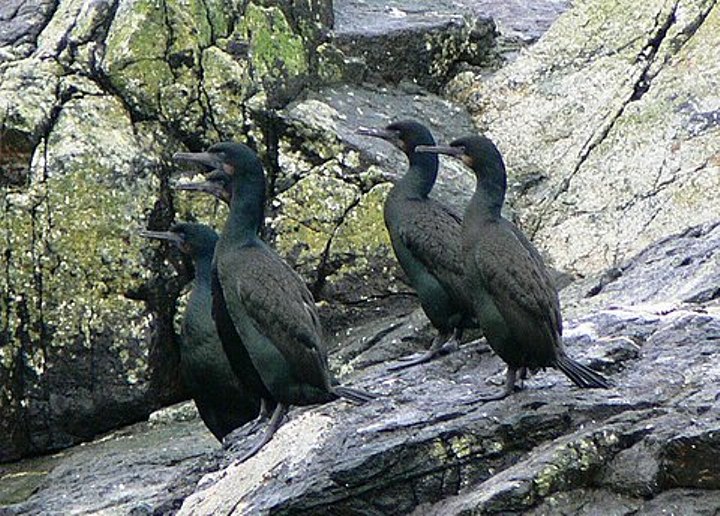
-
Brandt’s cormorants, Dec 26, 2005..approx 1000 counted in the Christmas bird count .
-
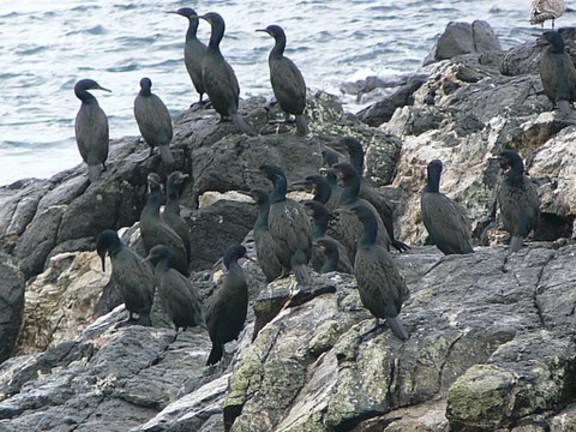
-
photos by David Allinson
-
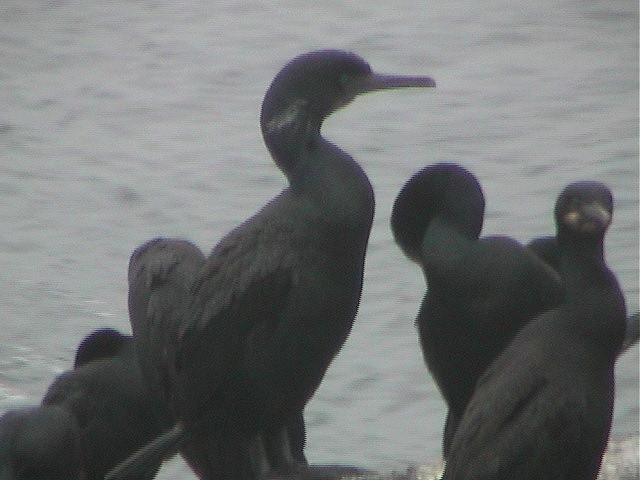
-
This picture was taken with the remote camera 5 on Feb2, 2006. Note the white whisks of feathers behind the ears on the males. This is seen only in the winter season. (GFphoto)
Here are the links to the Christmas Bird Counts.
In 2014 and for several years previous, there have been no cormorants nesting at Race Rocks. The only still-thriving colonies are at Mandarte Island.
This is a Blue-listed species in BC. This list includes species not immediately threatened, but of concern because of characteristics that make them particularly sensitive to human activities or natural events.
Domain: Eukarya
Kingdom: Animalia
Phylum: Chordata
Sub-Phylum: Vertebrata
Class: Aves
Order: Pelcaniformes
Family: Phalacrocoracidae
Genus: Phalacrocorax
Species: penicilatu
Common Name: Brandt’s cormorant
other Brandt’s Cormorant posts at Race Rocks

